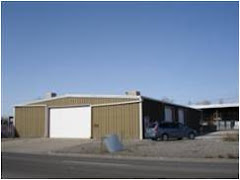A term you will likely hear during your search is “Triple Net”. It sounds like a special device used to catch insects in the summer, but it’s not. These 3 nets catch numbers not insects. Triple Net is a term used to describe a type a lease, aka the Triple Net or NNN Lease.
To assist in remembering the 3 nets, the acronym TIM will come in handy. Think of good ol’ uncle Tim. When calling a sign on an office building, a shopping center window or in front of an industrial building and the leasing agent says, “this space is $12 triple net.”
What they are saying is, your monthly rent or base rent will be $12 times the amount of square feet to be leased, which produces an annual rent number. Divide by 12 and this is the base rent. Because it is a triple net lease there are additional charges or additional rent on top of base rent for Taxes (real property tax), Insurance (fire hazard insurance) and Maintenance (air conditioning, snow removal, lighting, etc...).
Taxes Insurance and Maintenance (TIM) are the 3 nets referenced in the term Triple Net. A pro rated estimated of the triple net charges can be added to the monthly rent payment or billed at the end of the year.
Another common term of interest related to leasing is CPI, which I will discuss in the next post.


